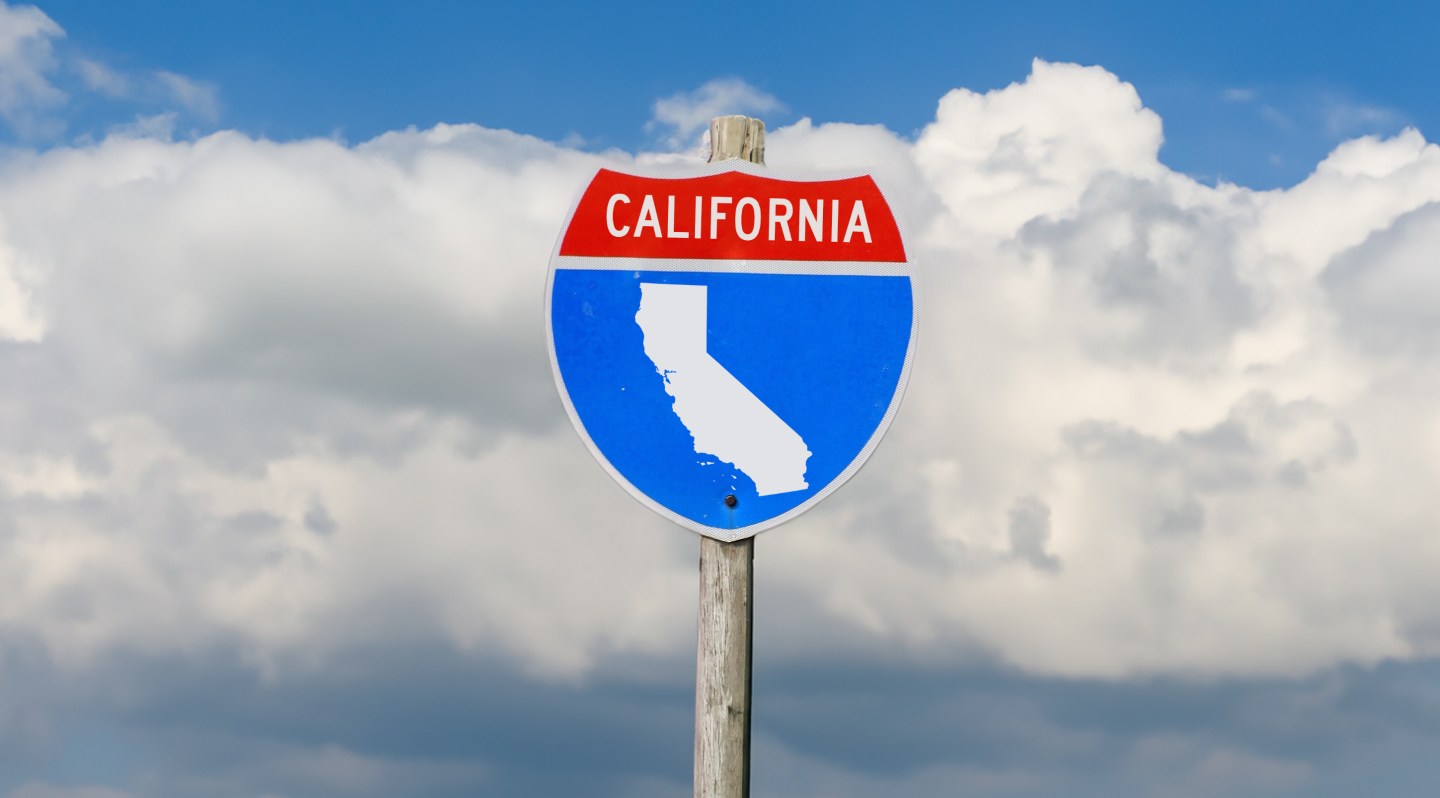It’s been six years since the ELD mandate went into effect for trucking companies engaged in interstate commerce. Now California is poised to become one of the last states to enforce ELD requirements for drivers who operate under intrastate regulations.
Expected to take effect January 1, 2024, California ELD rules mostly align with the Federal Motor Carrier Safety Administration’s (FMCSA’s) existing mandate. Drivers who are required to keep a logbook in accordance with hours of service rules must do so using an electronic logging device listed on the FMCSA list of self-certified ELDs, with a few key departures from FMCSA rules.
What to know about the California ELD mandate
Like the federal ELD rules, California didn’t alter its hours of service rules, only those governing how hours of service are recorded. With that said, there are some important differences between the two rule sets. For example:
- There is no 30-minute rest break requirement for California intrastate operators
- California drivers have the flexibility to drive 12 of 16 on-duty hours, instead of 11 hours.
California also applies different standards to specialty operators like school bus drivers, tankers hauling flammable liquid, and those hauling freight for the motion picture industry. All of this makes for a challenging compliance picture. Carriers are encouraged to review the rules to confirm California ELD compliance.
Is ELD mandatory in California?
The California ELD Mandate is under review at the Office of Administrative Law. It’s expected to be finalized soon, and intrastate motor carriers can expect a smooth rollout come January 1. The California Highway Patrol has been enforcing ELD rules on interstate drivers since 2017 when the federal mandate began. With valuable enforcement experience under their belts, California officers will be well prepared to issue violations when the California ELD mandate becomes effective. Transportation businesses should be prepared for the changes as well.
Fortunately, intrastate operators new to using ELDs can learn from their peers, many of whom learned the hard way in 2017, when they received violations during roadside inspections. Common violations related to ELDs include:
- The driver doesn’t know how to transmit ELD data.
- The driver failed to present an ELD cab (instruction) card to the roadside enforcement officer.
- The driver doesn’t have blank logbook pages in case of an ELD malfunction.
- The driver has been operating a vehicle with a malfunctioning ELD for more than 8 days.
- The ELD can’t be viewed by roadside enforcement from outside the vehicle.
Notable exemptions to the California ELD mandate
There are a few exemptions to the California ELD mandate. They include:
The short-haul exemption
California defines the short-haul exemption more narrowly than FMCSA. This is important because drivers operating under this exemption aren’t required to maintain a logbook, and therefore an ELD, to prove hours of service compliance.
In California, physical operations businesses conducting intrastate commerce exclusively can use the short-haul exemption, provided that the driver stays within a 100-air-mile radius and is released from duty within 12 hours of coming on duty. Under FMCSA rules, drivers operating within 150 air miles from their normal work-reporting location and released from duty within 14 hours of coming on duty can use the exemption.
Logbook exemptions
As with the federal mandate, a California intrastate driver who isn’t required to keep a logbook for more than eight days within a 30-day period won’t be required to adopt ELDs. Similarly, drivers operating in a driveaway-towaway operation and those operating a CMV manufactured before model year 2000 (or manufactured in model year 2000 or later but with an engine replacement prior to model year 2000) are also exempt from California’s regulation.
Conclusion
With the expected implementation date of January 1 fast approaching, California transportation businesses slow to comply with the California ELD Mandate may soon find themselves accruing unnecessary violations and attracting unwanted attention from law enforcement. That’s a fate all motor carriers would like to avoid.
As carriers work to adopt electronic logging devices in anticipation of the upcoming implementation date, a few key considerations should be noted.
- Many ELDs can be more than just devices to monitor hours of service. Many also come with back-office compliance and reporting functionality that can create new efficiencies and unlock additional data to drive compliance. Be sure to work with your chosen ELD provider o get the most out of your ELD.
- ELDs can be useful tools, even for drivers not required to use them to monitor hours of service, like those operating within a 150-air-mile radius. Adopting ELDs provides new layers of compliance management while providing additional visibility into fleet operations. Just because a driver isn’t required to use an ELD doesn’t mean he or she can’t benefit from the technology.
- Start assessing your ELD options now. Adopting ELDs is more than just flipping a switch. Devices needed to be procured and installed and drivers and management need to be trained on how to properly use ELDs to maintain compliance and unlock their full value.
Motive serves more than 100,000 customers — from Fortune 500 enterprises to small businesses — across a wide range of industries, including transportation and logistics, construction, energy, field service, and more. Learn how Motive can help your business comply with ELD regulations by requesting a free demo today.
Editor’s note: P. Sean Garney and Scopelitis Transportation Consulting are Motive contractors.




